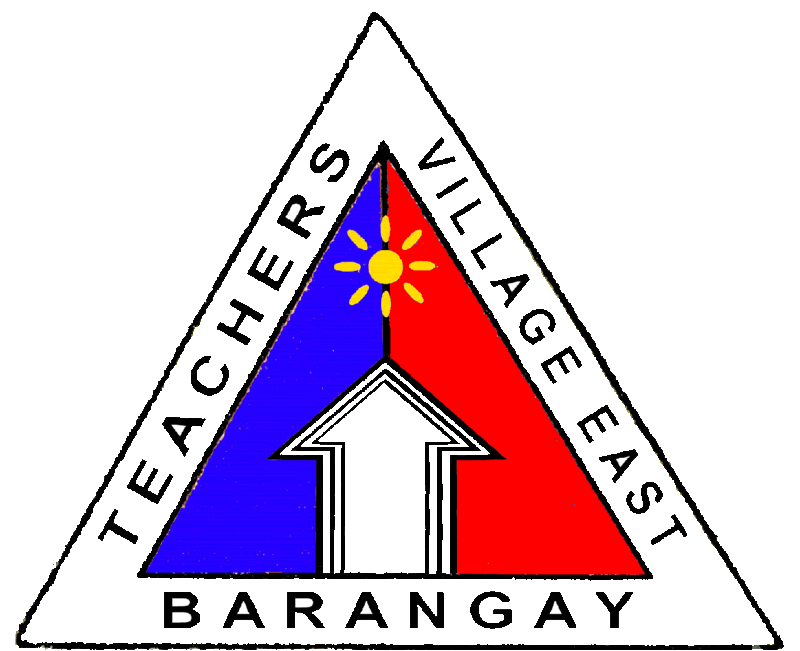The two main components of waste management that the study focuses on are the processes of recycling and waste segregation in the selected barangay in order to better understand the specific views of residents and commercial establishments there.
Waste segregation refers to a solid waste management practice of separating and storing various materials found in solid waste in order to endorse recycling and re-use of resources and to reduce the volume of waste for collection and disposal. Waste recycling at the household level refers to resource recovery activities such as recovering or diverting wastes from the waste stream to re-use, sell, give away or compost in the case of food wastes. This household activity consists basically of the separation or sorting of wastes into recyclables and non-recyclables, and storing these wastes in separate containers. It is therefore reasonable to assume that the household’s decision to engage in waste segregation will be determined by the same factors that influence its decision to engage in recycling activities. These two definitely go hand in hand with each other and neither can be successful without the other. Waste segregation is an activity undertaken to facilitate recycling and disposal.
Paper
1. Paper is taken from the bin and deposited in a large recycling container along with paper from other recycling bins.
2. The paper is taken to a recycling plant where it is separated into types and grades.
3. The slurry is spread using large rollers into large thin sheets.
4. The paper is left to dry, and then it is rolled up ready to be cut and sent back to the shops.
5. The separated paper is then washed with soapy water to remove inks, plastic film, staples and glue. The paper is put into a large holder where it is mixed with water to create ‘slurry’.
6. By adding different materials to the slurry, different paper products can be created, such as cardboard, newsprints or office paper.
1. The consumer throws aluminum cans and foil into a recycle bin.
2. The aluminum is then collected and taken to a treatment plant.
3. In the treatment plant the aluminum is sorted and cleaned ready for reprocessing.
4. It then goes through a re-melt process and turns into molten aluminum, this removes the coatings and inks that may be present on the aluminum.
5. The aluminum is then made into large blocks called ingots. Each ingot contains about 1.6 million drinks cans.
6. The ingots are sent to mills where they are rolled out, this gives the aluminum greater flexibility and strength.
7. This is then made into aluminum products such as cans, chocolate wrapping and ready meal packaging.
8. In as little as 6 weeks, the recycled aluminum products are then sent back to the shops ready to be used again.
Bottle
1. The consumer throws glass into a recycle bin.
2. Glass is taken from the bin and taken to a glass treatment plant.
3. The glass is sorted by colour and washed to remove any impurities.
4. The glass is then crushed and melted, then moulded into new products such as bottles and jars. Or it may be used for alternative purposes such as brick manufacture or decorative uses.
5. The glass is then sent back to the shops ready to be used again.
6. Glass does not degrade through the recycling process, so it can be recycled again and again.
As illustrated above, these are the ideal ways to recycle different materials but definitely it will vary from country to country, city to city or from barangay to barangay. The differences can be in the form of waste collection, equipment used or volume of wastes processed. But this information will undoubtedly help anyone interested in the preservation of the environment in terms of decreasing the volume of wastes in their respective communities. This gives the researchers a benchmark of what to expect when it comes to recycling and giving an ideal process by which they can pattern to determine if the waste management found in the barangay may be effective and therefore beneficial to the community.

No comments:
Post a Comment